Visiting Halki Island – A complete guide of things to do and places to visit
Halki, a tiny yet charming island of the Aegean Sea is nestled in the northeastern part of the Dodecanese group, close to Rhodes and Tilos. This hidden gem is one of the most beautiful Greek Islands, offering a perfect escape for those looking to experience a different kind of summer, full of relaxation and tranquility. With its crystal-clear waters, wild landscapes, captivating mountain trails, and delicious local cuisine, Halki is a haven for peaceful vacations.
Despite its small size, Halki is full of charm. The island is so tiny that it has just one village, Nimborio, located right across from the port. This picturesque settlement, also known as Emporio by the locals, is filled with colorful houses showcasing the unique Dodecanese architecture, adorned with flower-filled balconies and cobblestone streets that lead down to the turquoise waters of the Aegean.
Facts to know about Halki
Halki’s history dates back to ancient times. The island’s name is derived from the copper (in Greek, “halkos”) mines that operated there in ancient times. Throughout the centuries, Halki experienced various rulers, including the Venetians, the Knights of St. John, and the Ottomans. In the late 19th century, Halki prospered through trade, particularly sponge diving, which brought wealth to the island. After the Italian occupation from 1912 to 1948, Halki, along with the rest of the Dodecanese, was finally united with Greece.
Geographically, Halki is a tiny island, covering just 28 square kilometers (about 11 square miles). Despite its small size, it boasts a captivating landscape with hills and a few valleys. Its highest point, Profitis Ilias, rises to 436 meters, providing breathtaking panoramic views of the surrounding islands and the Aegean Sea. The island is home to a very small population, with around 500 permanent residents, most of whom live in the island’s only village, Nimborio. Culturally, Halki is a place where Greek tradition thrives. The island’s residents maintain customs passed down through generations, from local festivals and religious celebrations to the preservation of the unique Dodecanese architecture. The island’s tranquil ambiance and rich cultural heritage make it a peaceful retreat, far away from the hustle and bustle of more tourist-heavy destinations.
Things to do in Halki
- Emborio Village
- The Knights’ Castle
- Horio
- Church of Panagia Choriani
- Monastery of Archangel Michael Panormitis
- The traditional windmills
- Halki’s beaches
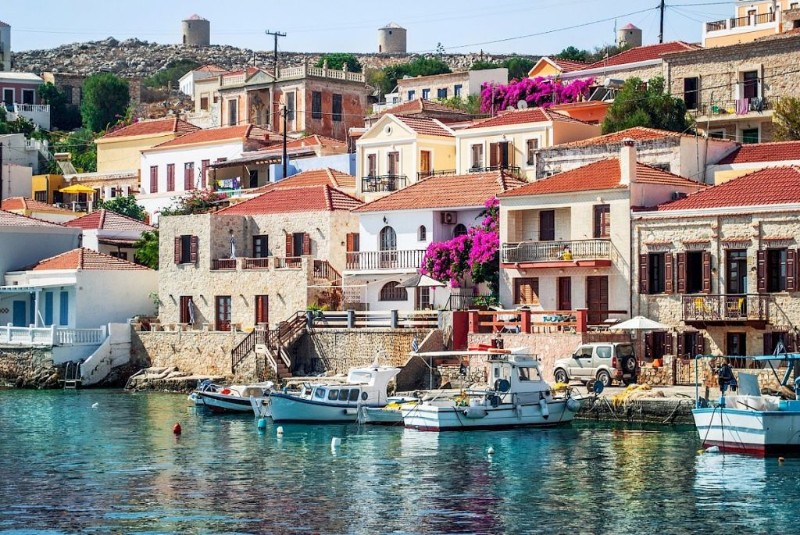
Emborio Village
As you approach the natural harbor of Halki Island, the vibrant and charming village of Nimborio comes into view, beautifully nestled around the harbor’s edge. This is the island’s only village, where the absence of cars adds to its peaceful atmosphere —everything is within easy walking distance. Wandering through the narrow, picturesque streets, visitors will discover neoclassical stone houses, with courtyards decorated with intricate pebble mosaic floors, known as hohlakia.
The colorful walls and rooftops of these homes create a captivating, postcard-like scene. In the heart of the village stands the 19th-century neoclassical Town Hall and the Clock Tower, both reminding of the island’s past. Nearby, the impressive bell tower of the Saint Nicholas Church, built in 1861, towers over the village. For a deeper dive into local culture, visitors can stop by the Traditional House of Halki, now a folklore museum, where traditional crafts, furniture, and everyday objects offer a glimpse into the island’s heritage.
The Knights’ Castle
Perched on top of a hill above Nimborio, the 14th-century Knights’ Castle offers a journey back in time. Built by the Knights of St. John when they ruled the island, the castle offers a panoramic view that stretches all the way to nearby Rhodes. At the entrance, visitors will find the coat of arms of the Grand Master Pierre d’Aubusson. Inside the castle grounds, the ruins of the Church of Saint Nicholas feature frescoes dating from the 15th to the 17th century, adding a layer of historical depth to your visit.
Horio
The abandoned village of Horio is a fascinating destination for history enthusiasts and adventurers alike. Located on a hillside above Emborio, Horio was once a thriving community but was deserted in the mid-20th century. Walking through Horio, visitors will come across old homes, churches, and a unique sense of history that adds to the island’s charm. The site is perfect for those interested in exploring the remnants of the past and enjoying panoramic views of the surrounding landscape.
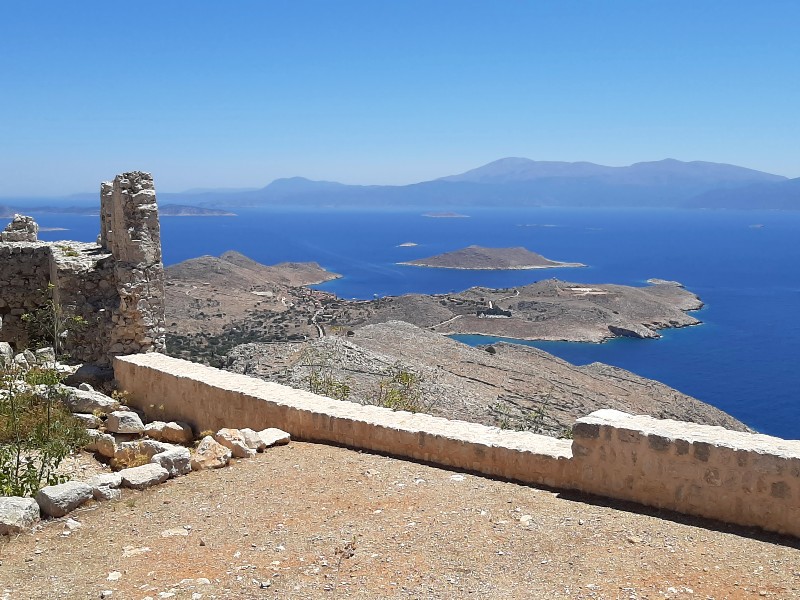
Church of Panagia Choriani
Above the village of Ηorio, the Church of Panagia Choriani is a spiritual and cultural highlight. This historic church is known for its impressive frescoes and offers breathtaking views of the surrounding landscape. The serene atmosphere and the rich artwork inside make it a must-visit for those interested in religious history and art.
Monastery of Archangel Michael Panormitis
Located on the hill of Saint Onoufrios, about 5 km northwest of Nimborio, the Monastery of Archangel Michael Panormitis is a serene retreat surrounded by green landscape. The church’s floors and courtyards are adorned with pebble mosaics, typical of Dodecanese’s art. Inside, one can find 19th-century icons and offerings, while nearby, a Byzantine chapel with frescoes from the 13th and 14th centuries adds to the spiritual ambiance.
The traditional windmills
The windmills of Halki, located on the hill above Nimborio, are another testament to the island’s history. Though no longer in operation, these windmills stand as iconic symbols of Halki’s past and offer amazing views of the surrounding area. They are an excellent spot for taking photos and a reminder of the island’s agricultural heritage.
Halki’s beaches
Halki Island offers a variety of stunning beaches, each one having something unique. For families with children, Pondamos Beach is ideal, with its shallow waters and fine white sand. If you prefer more secluded spots, the pebble beaches of Areta, Agios Georgios, and Dio Giali are accessible by boat and provide a peaceful escape. On the eastern coast, Kania is a popular choice, while Ftenagia on the southeast offers crystal-clear waters perfect for snorkeling. When visiting the island, don’t miss the beach of Giali and the nearby Trachea, where you can explore two beautiful opposite-facing beaches connected by a narrow piece of land.
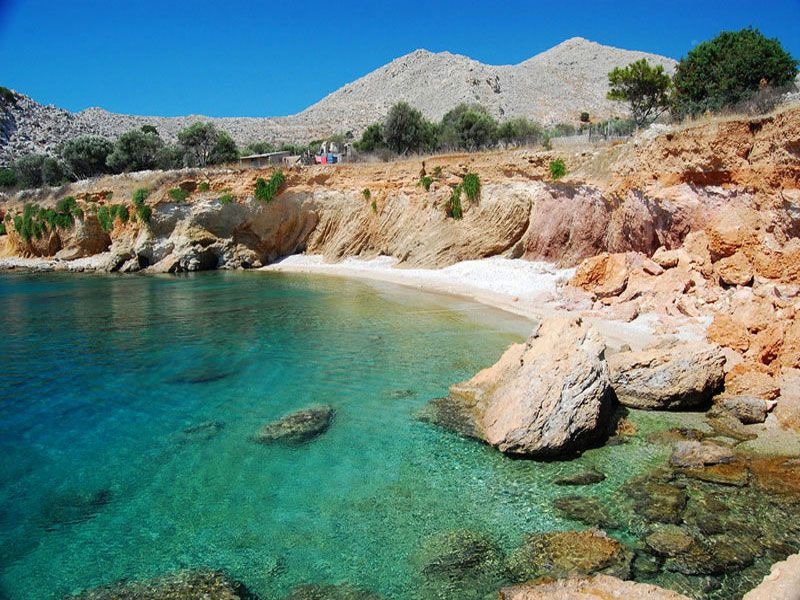
Getting to Halki
The only way to reach the island is by boat from Piraeus and other Greek ports. The journey by conventional ferry from Piraeus to Halki Island takes approximately 18-22 hours, depending on stops and weather conditions. For a quicker option, many travelers prefer to first reach Rhodes by plane or ferry and then take a local boat to Halki, which takes about 1 to 2 hours.
One of the best travel options from Rhodes to Halki is by using GES Travel’s private transfer service. Offering safe and comfortable luxury airport transfers, GES Travel ensures a smooth and secure journey across Rhodes Island. Their expert chauffeurs prioritize your safety and privacy, providing reliable transportation to Kameiros Skala, the main port for ferries to Halki. With guaranteed return to your ship, a wide selection of shore excursions, and competitive prices, GES Travel brings exceptional value to your holiday experience.
Best time to visit Halki
The best time to visit Halki Island is from late spring (May to June) to early autumn (September to October). During these months, the weather is pleasantly warm, ideal for outdoor activities and beach outings. The summer months, July and August, can be hot and crowded, so visiting during the off-season period can offer a more relaxed experience.
Halki Island is more than just a destination; it’s a place where history, natural beauty, and relaxation blend beautifully. Whether you’re exploring ancient ruins, wandering through the abandoned village of Horio, enjoying the local cuisine, or simply soaking up the serene environment, Halki promises a memorable escape for all adventure seekers.

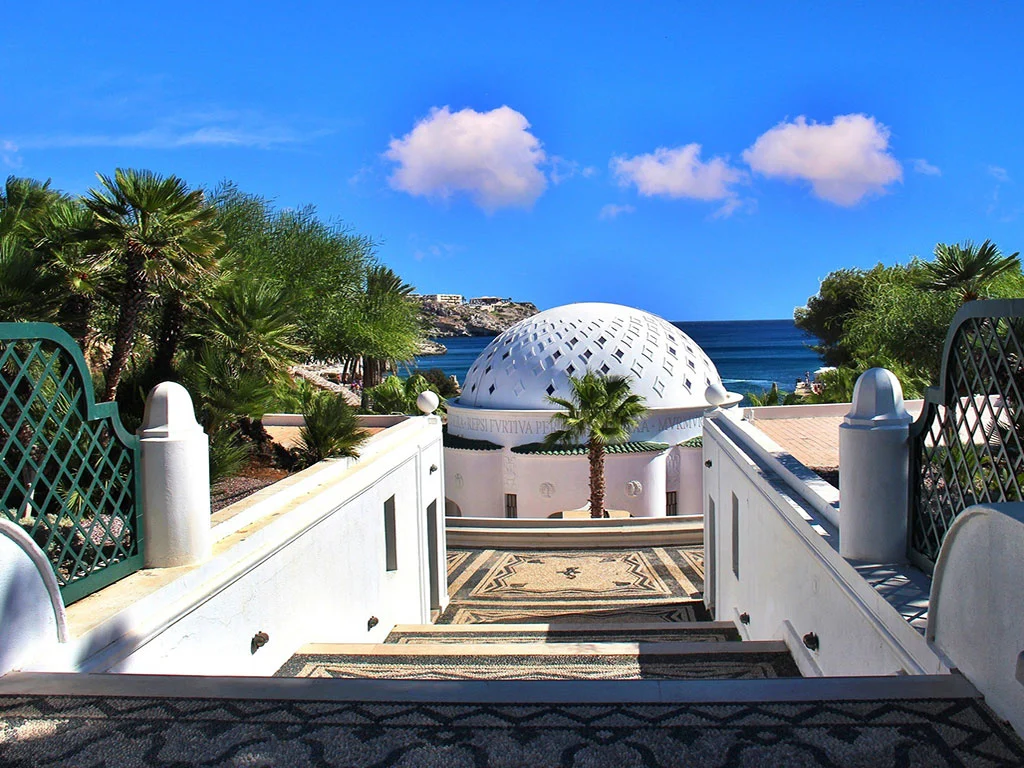

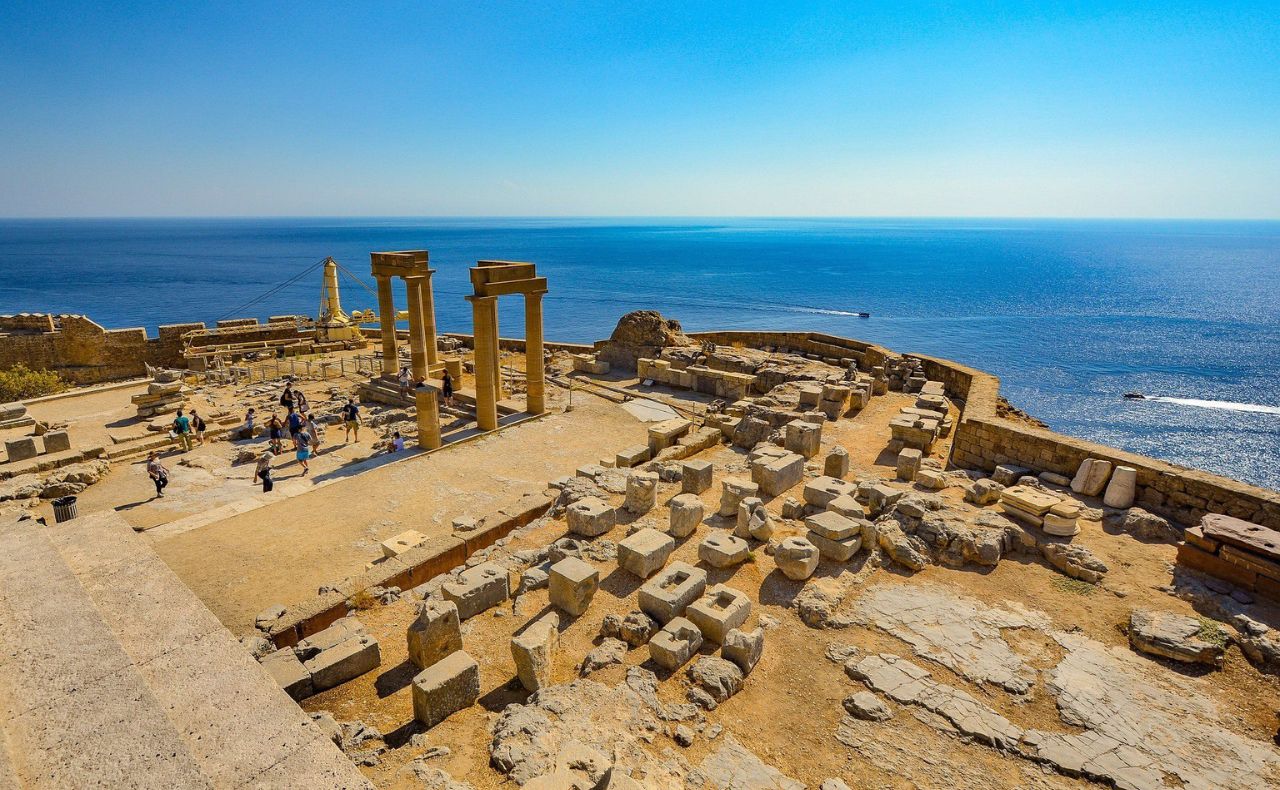

Leave a Reply